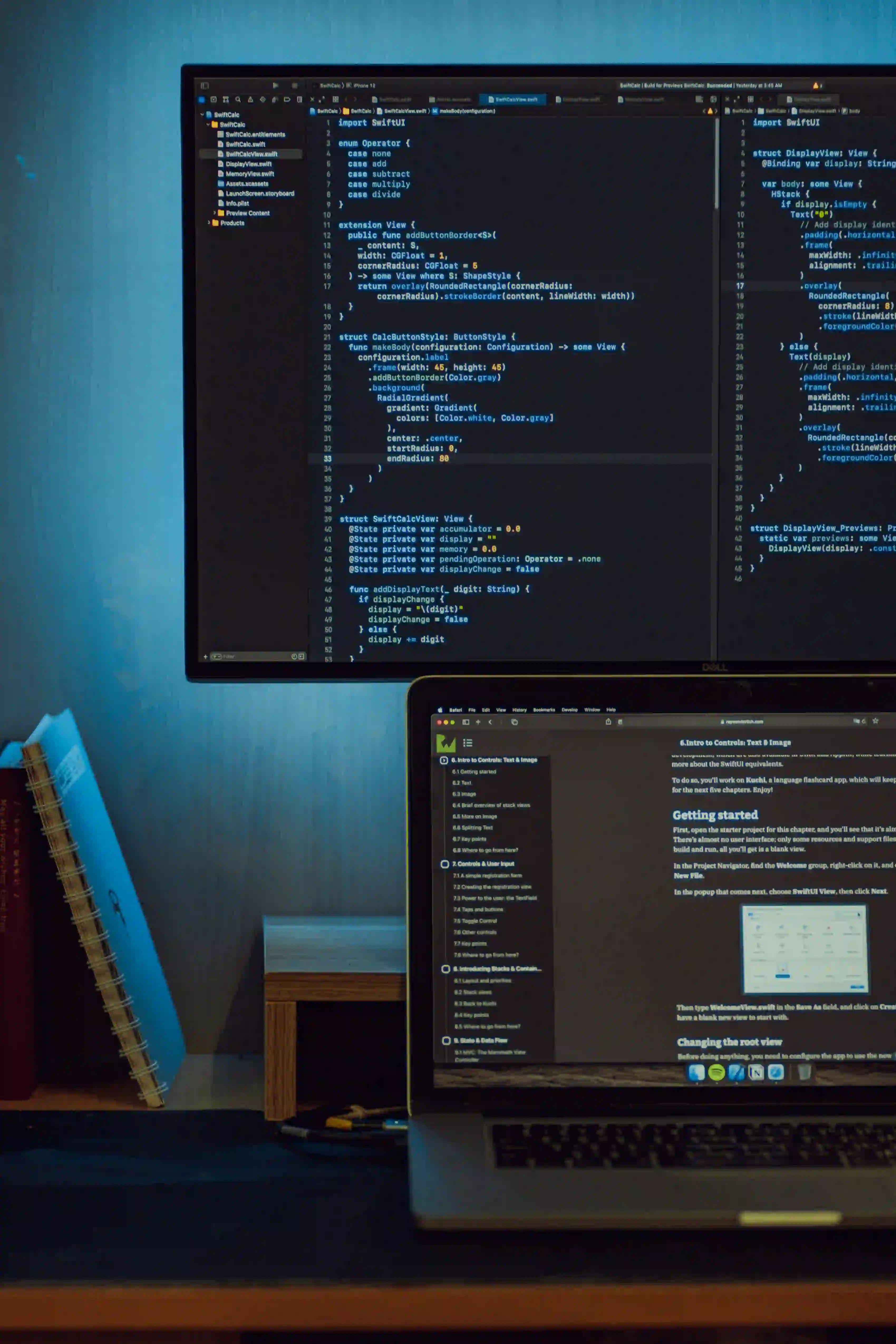Common Pitfalls in Managing Docker Services Stack

Common Pitfalls in Managing Docker Services Stack
Docker has revolutionized the way applications are developed and deployed by leveraging container technology. However, effectively managing Docker services and stacks can be challenging. In this blog post, we will discuss some common pitfalls that developers and system administrators encounter when working with Docker services. We'll also provide best practices and strategies to overcome these challenges, ensuring a smoother experience.
Let us Begin to Docker Services and Stacks
Docker Services allow you to define an application in terms of its containers. Docker Compose is a tool for defining and running multi-container Docker applications. These applications are created using a docker-compose.yml file, where you specify services that the application needs. A stack is a group of services that make up your application.
Key Terminology
- Containers: Lightweight, portable units that encapsulate an application and its dependencies.
- Images: Read-only templates used to create containers; can be pulled from repositories like Docker Hub.
- Services: Definitions of how containers should run, including image, networking, and environmental configurations.
- Stacks: A collection of services.
Pitfall 1: Ignoring Resource Constraints
Why It Matters
One of the key features of Docker is its ability to isolate applications from each other. However, running multiple containers on a host without resource constraints can lead to resource exhaustion, performance degradation, and operational issues.
How to Avoid It
Utilize the deploy configuration in your docker-compose.yml file to specify resource limits. Here’s how you can set it up:
version: '3.8'
services:
web:
image: nginx
deploy:
resources:
limits:
cpus: '0.5'
memory: 512M
Commentary
In this code snippet, you’re limiting the web service to use a maximum of 0.5 CPUs and 512 MB of RAM. This ensures that the application doesn’t consume more resources than allocated. Testing your containerized applications under different load conditions can help you determine optimal resource allocations.
Pitfall 2: Not Using Version Control for Dockerfiles
Why It Matters
Dockerfiles define how container images are built. Without maintaining them under version control, you risk losing important changes or causing build failures due to environment changes.
How to Avoid It
Keep your Dockerfile and docker-compose.yml files in a version control system, like Git. You can create a simple repository and push your files regularly.
Example Commands
git init
git add Dockerfile docker-compose.yml
git commit -m "Initial commit of Docker files"
Commentary
This act of versioning not only keeps track of changes over time but also allows collaboration between team members, minimizing the risk of "it works on my machine" scenarios. For further reading on Docker best practices, check out Docker's official documentation.
Pitfall 3: Neglecting Network Configuration
Why It Matters
Docker containers communicate over a network, and if this is not configured correctly, services may fail to interact as intended—causing errors and runtime issues.
How to Avoid It
Make use of Docker networks to ensure your containers can communicate with one another. Here is an example of defining a network within a docker-compose.yml:
version: '3.8'
networks:
app-network:
services:
web:
image: nginx
networks:
- app-network
database:
image: mysql
networks:
- app-network
Commentary
In this example, both web and database services are connected over the defined app-network. This layer of isolation can significantly improve security and communication efficiency.
Pitfall 4: Running Containers as Root
Why It Matters
Running your containers as the root user poses a security risk. If an attacker gains access to a container, they could potentially execute commands with root privileges within the host environment.
How to Avoid It
Specify a non-root user in your Dockerfile:
FROM nginx:alpine
RUN addgroup -S mygroup && adduser -S myuser -G mygroup
USER myuser
Commentary
This example creates a new user within the image and ensures that the container runs as that user. This optimization enhances security and limits the impact of any vulnerabilities exposed within the container.
Pitfall 5: Hardcoding Configurations
Why It Matters
Hardcoding configurations directly into your Docker Compose files can create issues when you want to scale your application or deploy to different environments.
How to Avoid It
Utilize environment variables to pass configurations into your containers:
version: '3.8'
services:
web:
image: nginx
environment:
- NGINX_HOST=example.com
- NGINX_PORT=8080
Commentary
This practice allows you to change configurations without modifying the codebase, making your services more flexible. For handling environment variables elegantly, consider using a .env file alongside your docker-compose.yml.
Pitfall 6: Not Keeping Images Updated
Why It Matters
Outdated images may contain bugs or security vulnerabilities. Regularly using deprecated images can introduce severe risks into your deployed applications.
How to Avoid It
Automate the process of updating images. For example, regular CI/CD pipelines can be set up to rebuild and deploy applications using the latest images. Below is how you can use GitHub Actions as an example:
name: CI
on:
push:
branches:
- master
jobs:
build:
runs-on: ubuntu-latest
steps:
- name: Check out code
uses: actions/checkout@v2
- name: Build Image
run: docker build -t my-app .
- name: Push Image
run: docker push my-app
Commentary
Every time code is pushed to master, a new Docker image is built and pushed to the registry, ensuring that the latest features and security patches are included. This method can greatly enhance the reliability of your application in production.
The Closing Argument
Managing Docker services and stacks can indeed be a complex task filled with potential pitfalls. By recognizing these common issues—such as neglecting resource constraints, not using version control, improper network configurations, and more—you can develop a more efficient and secure deployment strategy.
Incorporating the strategies and best practices discussed in this blog post can significantly improve your development workflow. Ensure you're regularly updating your Docker images, using non-root users, and defining your configurations clearly.
For further reading, you can check out Docker's official community forums for discussions and solutions from other experienced developers. Happy Dockering!
